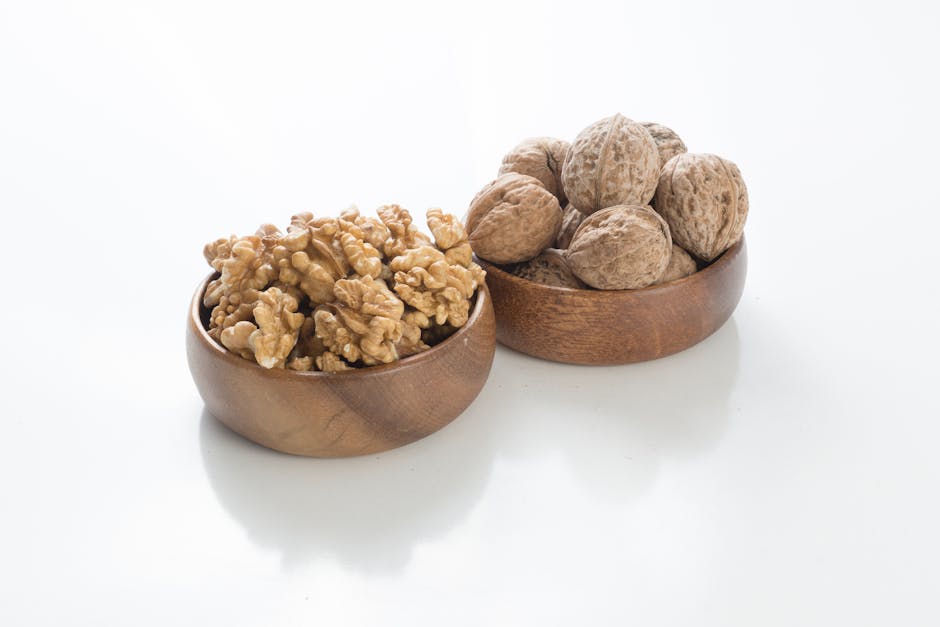Introduction
The Paleo diet, often referred to as the “caveman diet,” “Stone Age diet,” or “hunter-gatherer diet,” is a nutritional plan based on the presumed diet of early humans during the Paleolithic era, roughly 2.5 million to 10,000 years ago. This means focusing on whole, unprocessed foods that our ancestors would have hunted and gathered. Understanding the core principles and potential benefits can help you decide if the Paleo lifestyle is right for you.
Understanding the Paleo Diet: Core Principles
What You *Can* Eat:
- Lean meats and poultry: Grass-fed beef, chicken, turkey, pork
- Fish and seafood: Salmon, tuna, shrimp, mackerel
- Fruits: Berries, apples, bananas, oranges
- Vegetables: Broccoli, spinach, kale, carrots, peppers
- Nuts and seeds: Almonds, walnuts, sunflower seeds, pumpkin seeds
- Healthy fats: Olive oil, avocado oil, coconut oil, avocados
What You Should *Avoid*:
- Grains: Wheat, rye, barley, rice, corn
- Legumes: Beans, lentils, peanuts
- Dairy: Milk, cheese, yogurt
- Processed foods: Sugary drinks, packaged snacks, refined oils
- Refined sugar: Table sugar, corn syrup
- Potatoes: While somewhat debated, generally avoided due to higher starch content
The Benefits You Can’t Ignore
Weight Loss and Management
By eliminating processed foods, sugar, and unhealthy fats, the Paleo diet can be effective for weight loss. The focus on whole, unprocessed foods naturally reduces calorie intake and promotes satiety.
- Increased Satiety: Protein and fiber-rich foods keep you feeling fuller for longer, reducing cravings.
- Reduced Calorie Density: Whole foods tend to be less calorie-dense than processed foods.
Improved Blood Sugar Control
The Paleo diet’s emphasis on lean protein, healthy fats, and fiber-rich vegetables, while excluding processed carbohydrates, can lead to more stable blood sugar levels. This is particularly beneficial for individuals with insulin resistance or type 2 diabetes.
- Lower Glycemic Index: Foods allowed on the Paleo diet generally have a lower glycemic index, preventing blood sugar spikes.
- Improved Insulin Sensitivity: Reducing processed foods and sugars can enhance the body’s response to insulin.
Reduced Inflammation
Chronic inflammation is linked to numerous health problems. The Paleo diet, rich in anti-inflammatory foods like fruits, vegetables, and omega-3 fatty acids from fish, can help reduce inflammation throughout the body.
- Rich in Antioxidants: Fruits and vegetables contain antioxidants that combat free radicals and reduce inflammation.
- Omega-3 Fatty Acids: Found in fish, these fatty acids have potent anti-inflammatory properties.
Enhanced Nutrient Intake
By focusing on whole, unprocessed foods, the Paleo diet naturally increases your intake of essential vitamins, minerals, and antioxidants. This can lead to improved overall health and well-being.
- Higher Vitamin and Mineral Content: Whole foods are naturally rich in nutrients that support various bodily functions.
- Improved Gut Health: Fiber-rich foods promote a healthy gut microbiome, which is crucial for overall health.
Potential Improvements in Heart Health
The focus on lean proteins, healthy fats, and limited processed foods can positively impact heart health. While research is ongoing, the Paleo diet may help improve cholesterol levels and reduce blood pressure.
- Reduced Triglycerides: Lower intake of refined carbohydrates can help lower triglyceride levels.
- Increased HDL Cholesterol: Healthy fats can help increase “good” HDL cholesterol.
Potential Downsides to Consider
Cost and Accessibility
Eating Paleo can be more expensive than a conventional diet, especially if you prioritize grass-fed meats and organic produce. Accessibility to specific ingredients may also be a challenge in certain areas.
Nutrient Deficiencies
Without careful planning, the Paleo diet could potentially lead to deficiencies in certain nutrients, particularly calcium (due to dairy restriction) and vitamin D. Supplementation may be necessary.
Sustainability
Sustaining the Paleo diet long-term can be challenging for some individuals. The restrictive nature of the diet may lead to cravings and potential difficulties in social situations involving food.
Conclusion
The Paleo diet offers several compelling health benefits, including weight loss, improved blood sugar control, reduced inflammation, and enhanced nutrient intake. However, it’s crucial to weigh the potential drawbacks, such as cost, potential nutrient deficiencies, and sustainability, before making a switch. Consult with a healthcare professional or registered dietitian to determine if the Paleo diet is right for you and to ensure you’re meeting all your nutritional needs.
